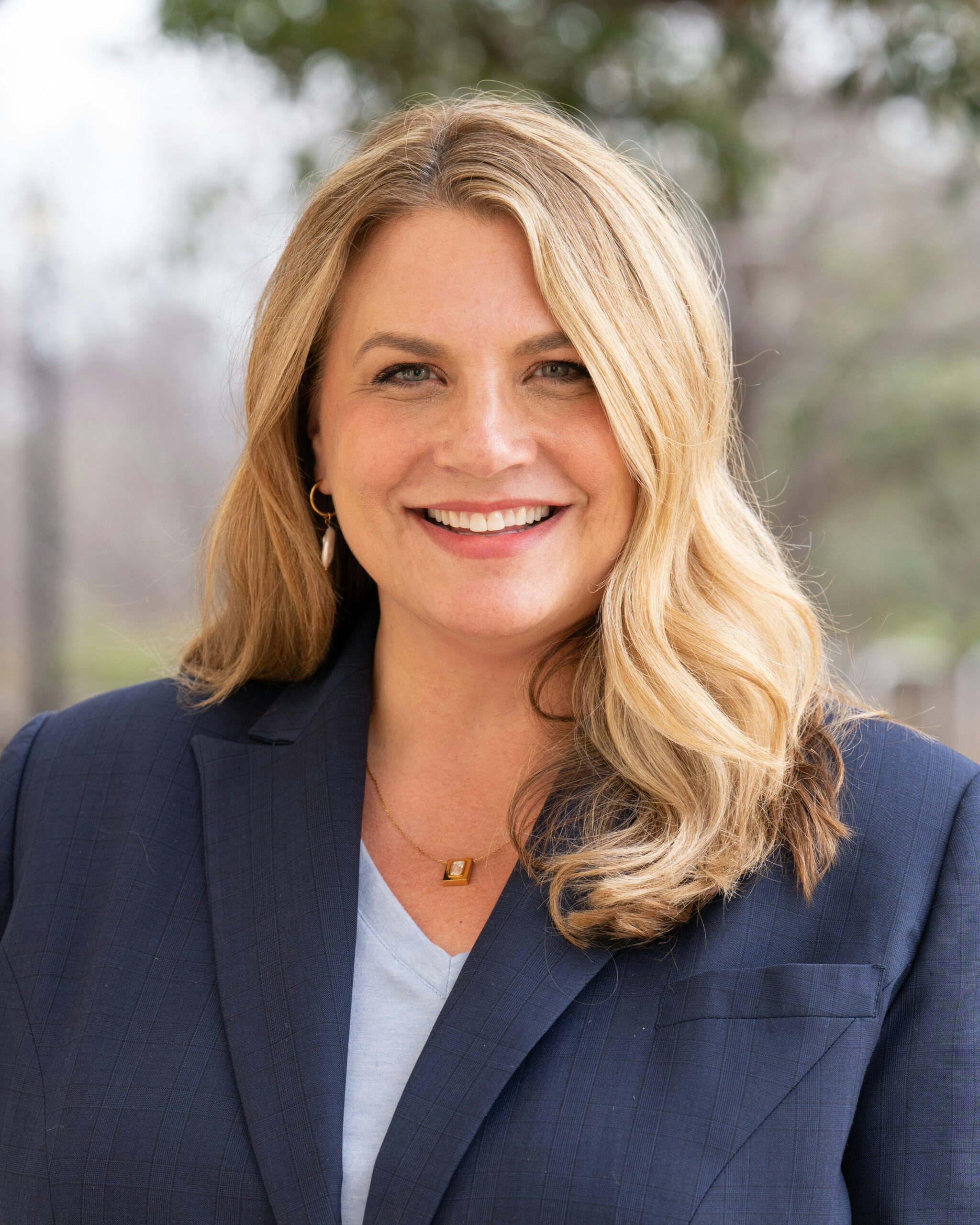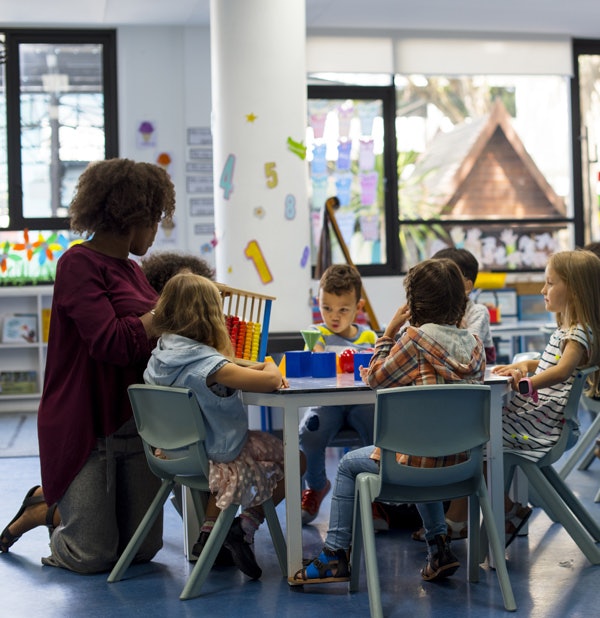In this series, the expert voices of parents, educators, researchers, and policy makers discuss how assessments are built, how they are used, how they can be improved, and the critical role they play for students during the pandemic and beyond.
The role of testing dominates many education policy conversations from classroom practice to state accountability systems to college admissions. Stakeholders — including educators, parents, policy makers, and district leaders — can get lost in the types of tests and the science behind their design. What makes an assessment high quality? What tests should be used for what purpose? Why do they matter — and to whom? And how has COVID-19 complicated it all?
State tests were suspended in the spring of 2020 as most in person schooling came to an abrupt halt, thanks to COVID-19. How do we know if students learned much after March? Which children are on track — and who are we leaving behind as the system pivots rockily to a virtual model?
In May, the University of California system also suspended the use of the ACT and SAT in admissions, ostensibly to build their own assessment of college readiness by 2024, an enormously complex task. Will other higher education institutions follow?
Standardized tests were a surefire way to stir up controversy before the pandemic, and that debate has only intensified in today’s environment. Some claim tests are racist. Others claim that high quality tests are one of our best tools to push for equity in the system. Some claim its not fair to measure public schools by how well their students are learning. Others say there is simply nothing more important to measure.
Why have tests — essential and long-standing education tools — become so controversial and misunderstood? And why are stakeholders, including educators, so often poorly informed about testing?
In this series, the expert voices of parents, educators, researchers, and policy makers discuss how assessments are built, how they are used, how they can be improved, and the critical role they play for students during the pandemic and beyond.





























